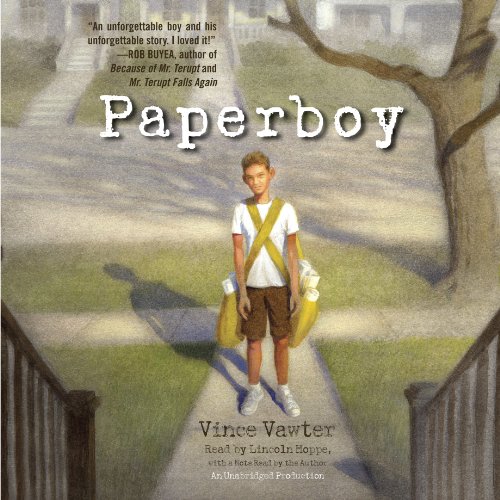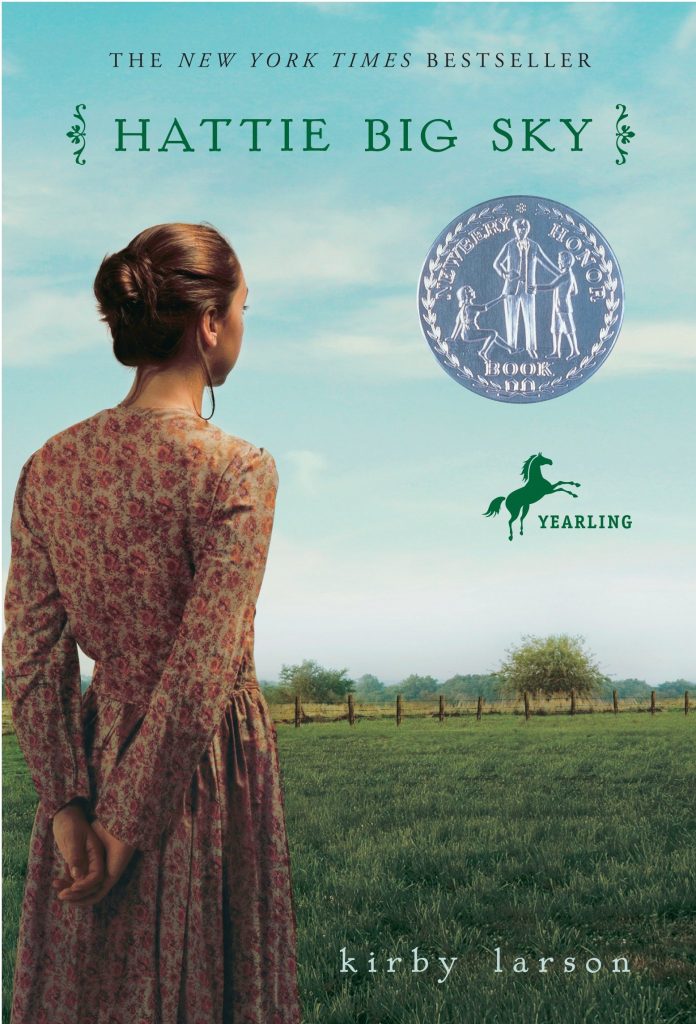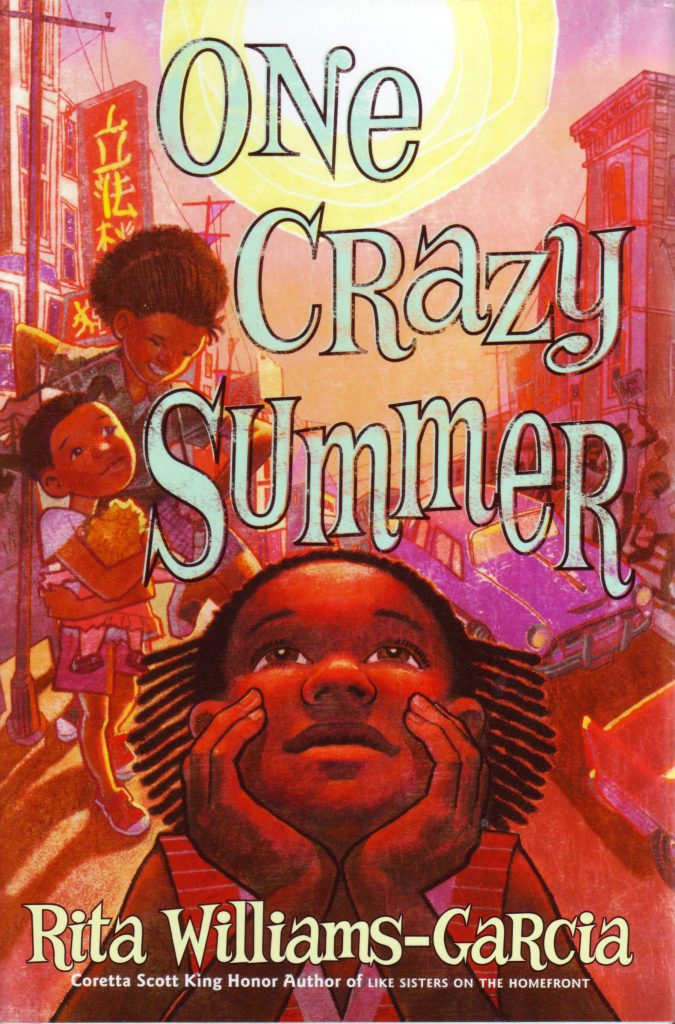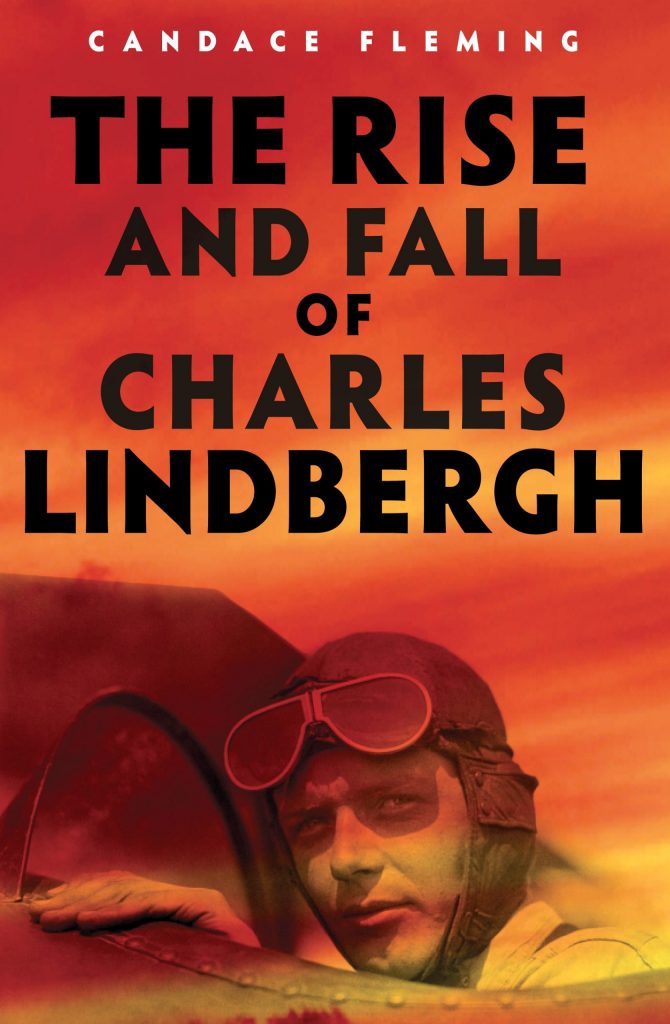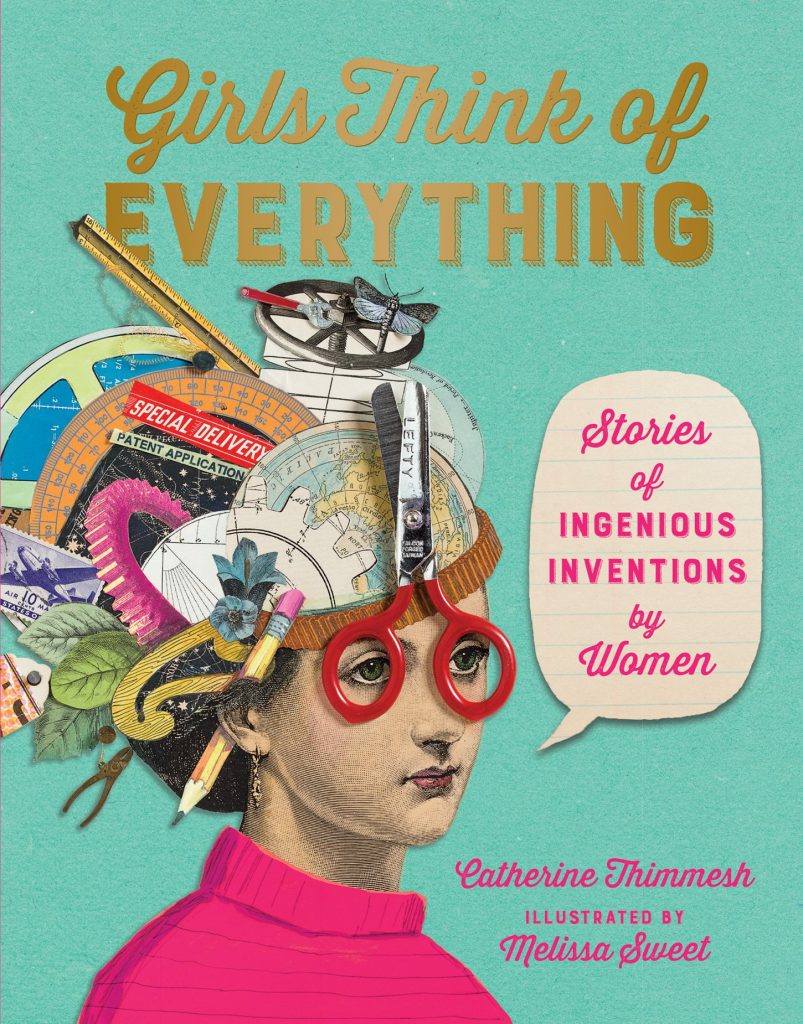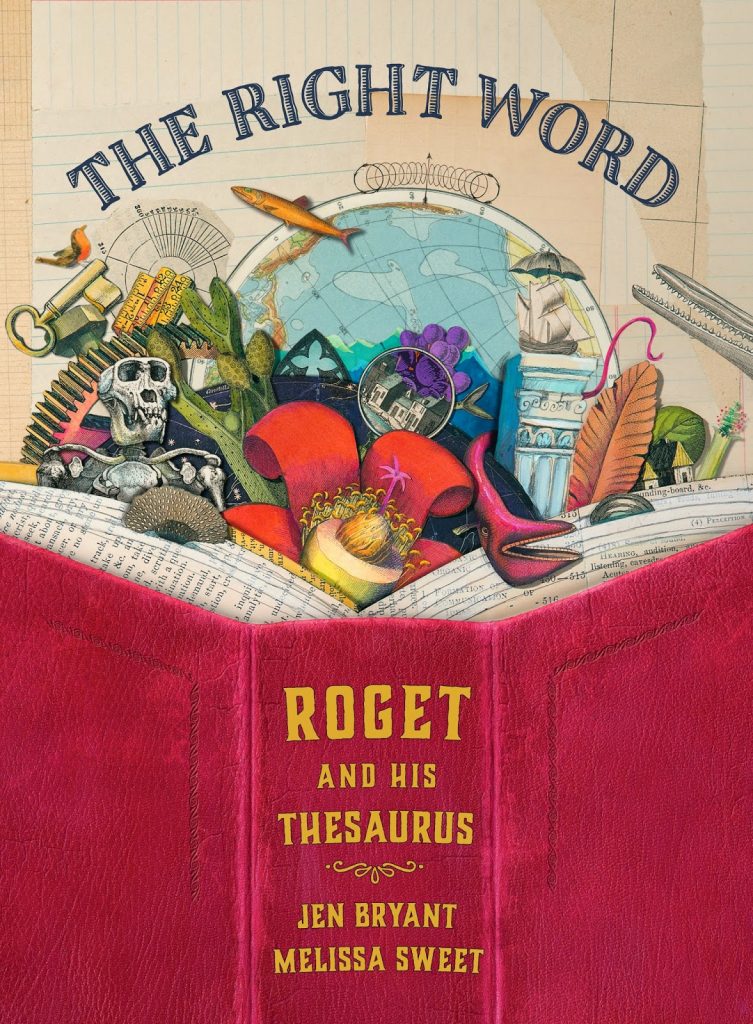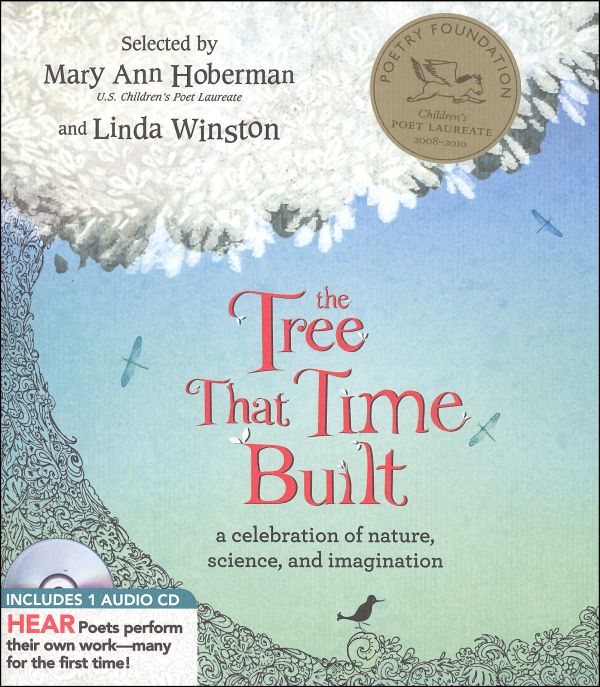
BIBLIOGRAPHY
Stiefvater, Maggie. The Scorpio Races. New York: Scholastic Press, 2011. ISBN 9780545224901
PLOT SUMMARY
Every year, people come flocking to the little island of Thisby to watch men and their horses compete in the Scorpio Races. But these horses aren’t like other race horses. Scorpio horses are a bloodthirsty, wild species called capall uisce, predators that migrate once a year from their underwater homes onto Thisby’s shores. The man who wins the Scorpio Races takes home a hefty sum, but many of his competitors will die before they reach the finish line, prey to the dangerous animals. So when Kate Connelly, better known as Puck, decides to enter the race as the first female competitor and the first competitor to ride a farm pony rather than a capall uisce, she creates quite a stir on the island. Despite attempts to dissuade the fiery teen, Puck enters the races, hoping to save both her home and her wayward older brother. Sean Kendrick, another competitor, is a four-time Scorpio Races champion. Yet, Sean—a loner and an orphan—still doesn’t have the one prize he desires most of all: Corr, the capall uisce that he rides every year, owned by the richest man on the island. Striking a bargain, Sean agrees that if he wins this year, Corr will be his, but if he doesn’t, the offer is off . . . forever. Both teens have everything to lose in the Scorpio Races, but when the two form an unlikely alliance, they realize an uncomfortable truth: only one of them can win.
CRITICAL ANALYSIS
The strength of The Scorpio Races lies in its characters. Puck is fiery and independent, unwaveringly loyal to her family and unafraid to speak her mind. Sean is quiet but passionate, wholly committed to Corr and perceptive to the horses under his charge. While both characters had every reason to be bitter—both have lost parents to the cappall and live unglamorous lives—both characters rise to meet their challenges and find beauty in unlikely places, in the island and in the cappall. Readers will cheer Puck on as she battles blatant sexism and continues training for the races, despite a few near-death encounters. Readers will cheer Sean on as he confronts those who have used his talents for their own gain. Although Puck and Sean don’t always make the right decisions, their decisions never seem childish or frivolous. Puck and Sean are written well, and readers will wait in breathless anticipation for the Scorpio Races to finally begin and for the destinies of the heroic pair to be revealed.
The Scorpio Races also sets itself apart with its highly detailed descriptions of the island of Thisby. The book begins, “Even under the brightest sun, the frigid autumn sea is all the colors of the night: dark blue and black and brown.” Readers will feel the chilly November air and hear the haunting call of the cappall uisce. The dark, gritty setting invites readers to immerse themselves in the island’s danger, mystery, and intrigue. Readers will understand Gabe’s insistent desire to leave the island and never return and Puck’s insistent desire to stay on the island forever. The setting also helps to convey an important theme: Puck loves the island wholeheartedly, even though loving the island can be dangerous and includes the possibility of pain. Love can be painful, but only by loving and hurting can Puck experience joy.
But if readers pick up this book hoping to read an action-packed racing story, they’re sure to be disappointed. While the plot is certainly creative, it trots along slowly and steadily, only galloping during the last fifty pages. Instead of high-speed chases and gory passages, the book is full of introspection, unhurried relationships, and a series of quiet events that gradually build into a heart-stopping finale. This story is focused on creating developed characters, not on creating a brisk plot. Still, the right readers will be thoroughly captivated by this novel and its perfectly bittersweet ending. The Scorpio Races is highly recommended to teens who enjoy character-driven stories, descriptive settings, and a dash of fantasy.
AWARDS AND REVIEW EXCERPTS
Michael L. Printz Award Honor Book, 2012
Odyssey Award Honor Book, 2012
Mythopoeic Fantasy Award for Children’s Literature Finalist, 2012
From Kirkus: “Masterful. Like nothing else out there now.”
From Booklist: “A book appealing to lovers of fantasy, horse stories, romance, and action-adventure alike, this seems to have a shot at being a YA blockbuster.”
CONNECTIONS
- After reading The Scorpio Races, invite teens to draw their own depictions of the cappall uisce, the island of Thisby, the characters, or any other subject inspired by the book. Put up a gallery of the finished artwork.
- Ask teens to decide whether they would choose to leave Thisby like Gabe or stay on the island like Puck. Team Gabe should discuss reasons why Gabe is right to go and Team Puck should discuss reasons why Puck is right to stay. Then hold a friendly debate.
- Set out a teen book display featuring other books written by Maggie Stiefvater, such as the following:
- Stiefvater, Maggie. Call Down the Hawk. ISBN 9781338188325
- Stiefvater, Maggie. The Raven Boys. ISBN 9780545424929
- Stiefvater, Maggie, Brenna Yovanoff, and Tessa Gratton. The Curiosities: A Collection of Stories. ISBN 9780761375272
- Put out a display of all the 2012 Mythopoeic Fantasy Award for Children’s Literature finalists including Scorpio Races. Then allow middle-graders and teens to vote on their favorite title and hold an awards ceremony for the favorite pick.
- Sherman, Delia. The Freedom Maze. ISBN 9781931520300
- Mantchev, Lisa. Eyes Like Stars. ISBN 9780312380960
- Pierce, Tamora. Terrier. ISBN 9780375814686
- Valente, Catherynne M. The Girl Who Circumnavigated Fairyland in a Ship of Her Own Making. ISBN 9780312649616
*Note—This book review was created as an assignment for a course at Texas Woman’s University.
